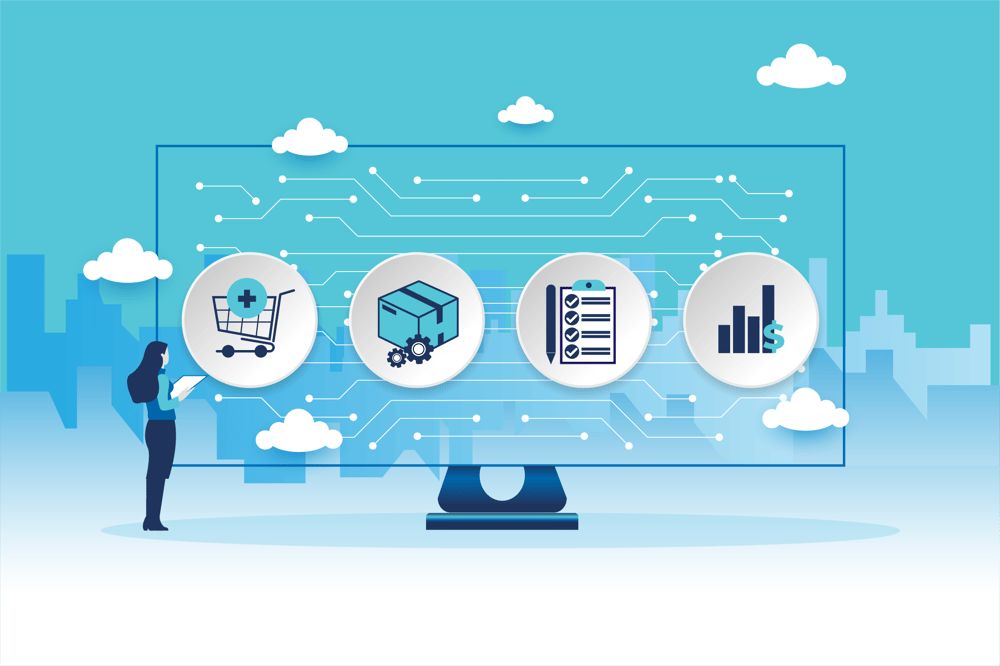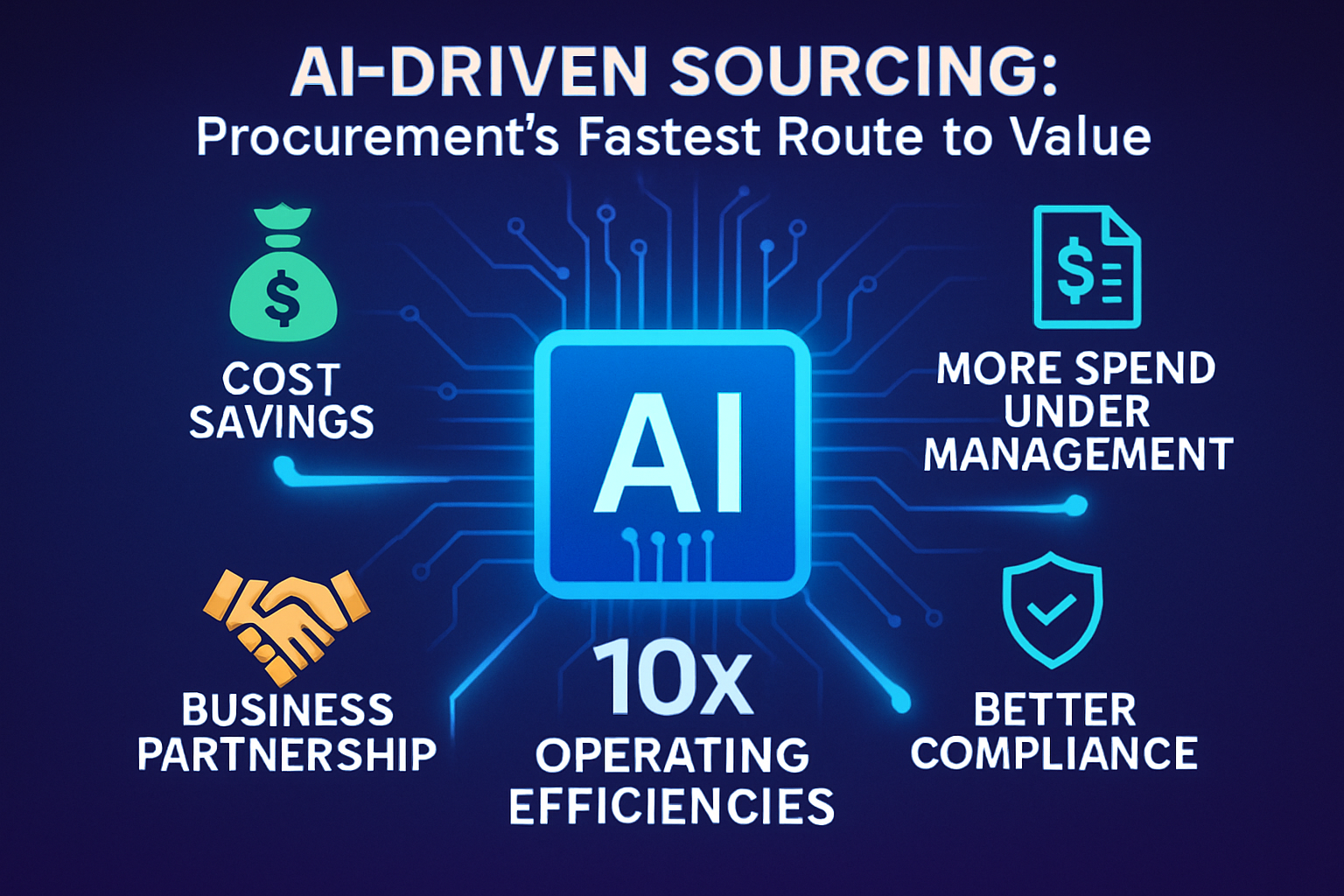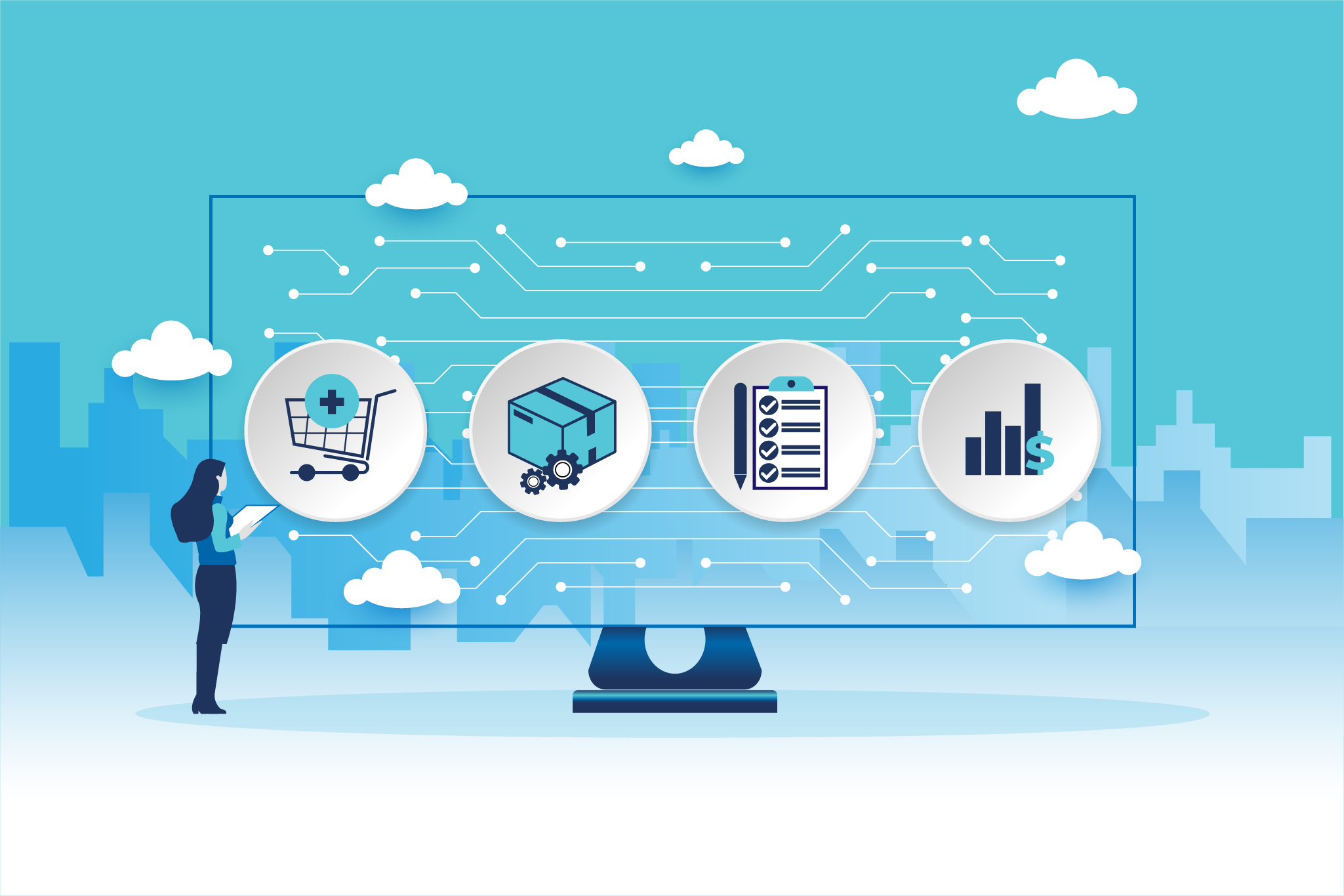How Businesses Can Thrive By Prioritizing Digital Innovation In Procurement

The article was originally published by Global Banking and Finance.
Now, more than ever, procurement leaders across the globe are aware of just how important digital innovation is to help their business remain competitive. But achieving this change is a huge undertaking, and not all digital transformation projects are successful. There are serious questions that must be asked when faced with such a considerable challenge. For example, how can procurement transform so that it can better help businesses to succeed in an increasingly fast-changing and unpredictable world? And what separates those who succeed in digitalizing their procurement function, from those who continue to struggle?
The following five points go some way to answering these questions and, in doing so, form the key pillars upon which a successful procurement digitalization strategy is founded.
1. Focus on what your business needs, not on what procurement wants
A change of mindset is required if procurement is to make the most of digital. Traditional procurement processes and models were largely built around what procurement needed to achieve rather than what might have been helpful or easy-to-use for those in the wider business.
Through digitalization, procurement teams can begin to put the needs of the business user first. By designing platforms that focus on what those users want, and that deliver a more user-friendly, consumer-like experience, procurement can drive up compliance and, perhaps more importantly, play a bigger role in driving growth across the business as a whole.
2. Put self-service at the heart of procurement’s digital transformation
The self-service approach has been used in a number of areas, such as requisitioning and travel booking, for decades now. The time has come for procurement to catch up.
Some people may have concerns about letting their colleagues in the business loose with procurement projects. The truth is, however, that the latest AI-driven solutions will give stakeholders the advice and guidance they need while enabling procurement professionals to turn their focus toward more strategic tasks and projects with which they can really add value and make a difference to the business.
3. Ensure procurement platforms and processes are available around the clock
We all know from our own experience that not everyone works the same hours and that people often want to be able to carry out their work where and when it best suits them. Indeed, post-pandemic, many companies will be operating remotely or with a hybrid model for the foreseeable future.
To enable the required level of flexibility, procurement can no longer restrict its services just to office hours; platforms and processes now need to be digital, automated, and always on.
4. Make digital procurement an enabler of agility
With new challenges and opportunities arising on a daily basis, today’s business environment is in a state of constant flux. To remain on top of this constantly shifting landscape, there’s one thing every business will need its procurement function to deliver: agility.
Agility is essential in allowing businesses to make quick decisions, take immediate actions, and change direction when required. To enable this agility, procurement needs to harness the power of digital technology.
When stakeholders want a list of suppliers that their procurement function recommends, for instance, they should be able to access it immediately through a self-service platform rather than having to wait for the function to draw the list up – or even having to wade through spreadsheets to produce it themselves.
5. Use technology to drive diversity and inclusion
By enabling businesses to source goods and services in a more and competitive way, digitalization has created significant new opportunities to increase diversity and inclusion among their suppliers.
In the past, many organizations would tend to go back to the same few suppliers they’d always worked with, simply to avoid a slow and laborious RFP process. By speeding up those processes, business stakeholders are encouraged to consider more fully a broader field of potential suppliers, ultimately leading to more innovative and diverse choices.
Businesses everywhere are enjoying the benefits of digital transformation in improving the efficiency, flexibility, and agility of their operations. Indeed, the impact of the pandemic taught us all how important it is to make fast, informed business decisions. Procurement should be no exception.
To succeed in today’s fast-changing world, procurement leaders must embrace digital technology, and use it as a competitive advantage, allowing them to deliver an intuitive, easy-to-use experience to stakeholders on their terms.
With these five pillars in place, the procurement function will be on the right track to unlock the advantages of digitalization, moving from a singular focus on supply and cost savings to help position their companies for long-term growth. The challenges are significant, but the opportunities are deep and extremely rewarding for those who are ready.
***********************
Keith Hausmann is Chief Revenue Officer at Globality.



